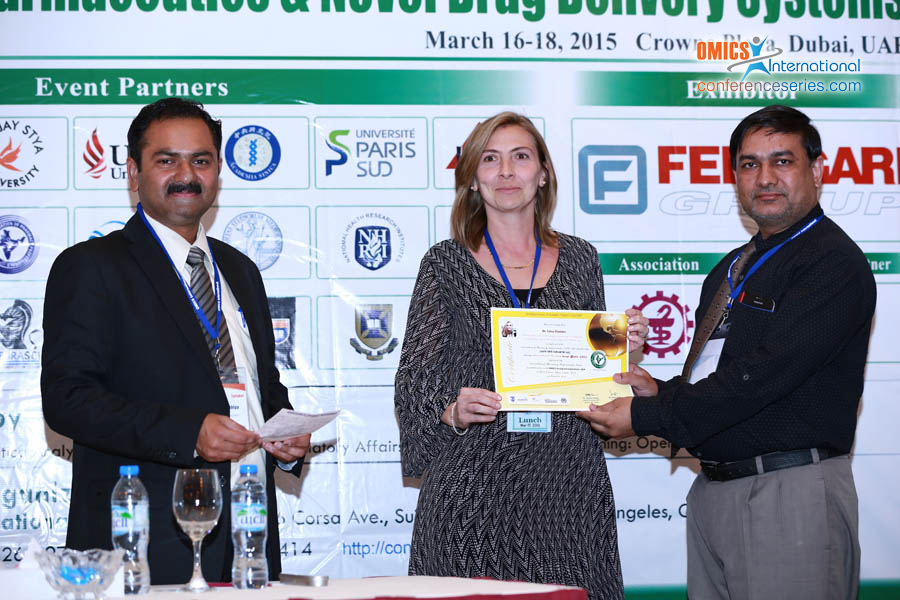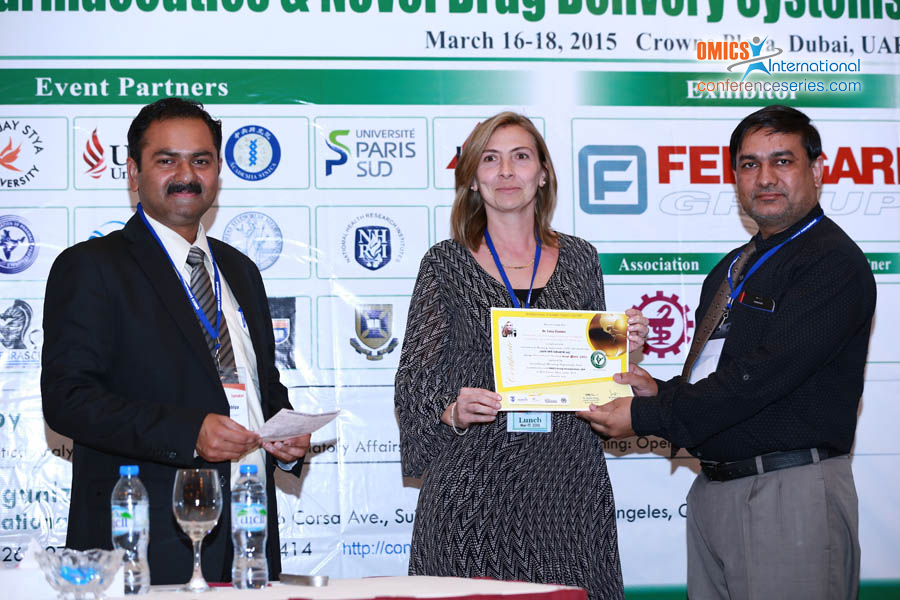
Rajiv Dahiya
Association of Pharmacy Professionals and Globus College of Pharmacy, India
Title: Bioactive peptides: Complex structures, synthesis and their controlled drug delivery
Biography
Biography: Rajiv Dahiya
Abstract
Marine sponges and higher plants are enriched with several active constituents responsible for their biopotency. Among these, peptides have received special attention due to their wide biological profile including antimicrobial, anti-inflammatory, anti-AIDS, antimalarial, cytotoxicity, nematocidal, inhibitory activity against thrombin, trypsin, plasmin, tyrosinase and superoxide generation, calcium channel antagonistic activity and may prove better candidates to overcome the problem of resistance towards conventional drugs. Although linear peptides are associated with diverse bioactivities but cyclopolypeptides dominate over them due to the fact that inherent flexibility of linear peptides lead to different conformations which can bind to more than one receptor molecules, resulting in undesirable adverse effects. Furthermore, cyclization of peptides reduces the degree of freedom for each constituent within the ring and thus substantially leads to reduced flexibility, increased potency and selectivity of cyclic peptides. These cyclic congeners possess unusual or modified amino acid residues like Dhha, Adha, Ahoa, AHMP and exhibit their bioactivities through binding to corresponding enzymes. This characteristic feature can allow bioactive cyclopeptides to act as therapeutic agents in this resistant world. In order to design and develop long-acting, more effective peptide/protein drugs, the controlled release mechanisms and effective parameters need to be understood. Various peptide/protein delivery systems includes biodegradable and nondegradable microspheres, microcapsules, nanocapsules, injectable implants, diffusion-controlled hydrogels and other hydrophilic systems, microemulsions and multiple emulsions, and the use of iontophoresis or electroporation etc. Controlled delivery of peptide and protein drugs provides improved efficiency, reduced toxicity and improved patient convenience in addition to maximum stability, activity and bioavailability.




